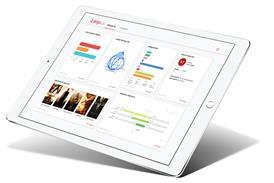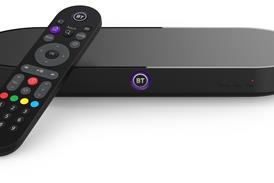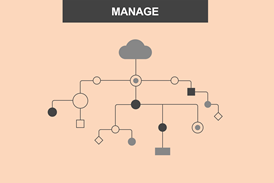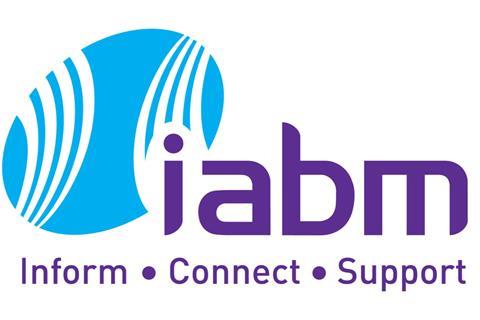IBC2022 Tech Papers: 5G-MAG reference tools

IBC2022: This Technical Paper provides an overview of the 3GPP Release 16 5G Media Streaming and LTE-based 5G Terrestrial Broadcast architectures and present the corresponding implementations in the 5G-MAG Reference Tools.
Abstract
The increasing consumption of high-quality mobile video over 5G networks demands for sophisticated and robust streaming service architectures and implementations ready to cope with traffic loads and meet requirements and expectations from content providers. To support media and content providers in getting access to the powerful, but complex 5G media distribution platform, 5G-MAG has started the 5G-MAG Reference Tools development program. Its goal is to develop common open-source reference tools that serve as a reference implementation and help catalyse the interoperability and adoption of the 5G Media technology ecosystem.
In this paper, we provide an overview of the 3GPP Release 16 5G Media Streaming and LTE-based 5G Terrestrial Broadcast architectures and present the corresponding implementations in the 5G-MAG Reference Tools. Focusing on the client-side components, we discuss three different use-cases: “TV and Radio services over LTE-based 5G Terrestrial Broadcast”, “Broadband-Broadcast seamless switching” and “Broadcast-on-Demand”. Moreover, we show how the 5G-MAG Reference Tools can serve as a reference or integration platform for traditional broadcast standards and services including a DVB-I service layer or the alignment with the service layer of ATSC3.0.
Introduction
The internet, together with the global introduction of 5G,enables media content providers to have access to a universal, ubiquitous, and future-proof distribution platform. The media industry can reach users everywhere, anytime and on any device creating tremendous opportunities for new service propositions, more personalised experiences, and a fast lane for innovation for service providers and content creators. The trend to consume media content on mobile devices is reflected in the numbers: Forecasts predict that by 2023 69% of the total smartphone shipments willbe 5G-enabled. By 2027 5G networks will carry 62 percent of the world’s smartphone traffic. Specifically, the delivery of video content is expected to account for 79 percent of the mobile data traffic in 2027.
To support media and content providers in getting access to the powerful, but complex 5G distribution platform, simplifications, support, and proof of concept implementations are required. In the dynamic world of apps, software-centric solutions and agile developments, access to open-source tools to support prototyping, trials and possibly even deployments are of utmost relevance. 5G-MAG has taken on the duty and mandate to fill the role of bringing together the media and the ICT industries to support deployment of media services on 5G systems.
As a concrete action, the 5G-MAG ReferenceTools project has been established to respond to the need for an open reference software implementation.The overall goal of the project is to provide an end-to-end platform enabling the implementation and experimentation of media players and clients, service layers and applications, developed by the media industry as well as relevant standardisation organisations, and the integration of third-party functions in the 5G system.
In this paper, we present the current architecture of the 5G-MAG Reference Tools, implementing client components in the context of 3GPP Release 16 5G Media Streaming and LTE-based 5G Terrestrial Broadcast. We focus on the use-cases “TV and Radio services over LTE-based 5G Terrestrial Broadcast“, Broadband-Broadcast seamless switching” and “Broadcast-on-Demand” (BoD). These three use cases highlight the opportunities for delivering TV and Radio services to 3GPP-enabled devices, therefore expanding the reach beyond traditional devices. At the same time new ways of distribution are introduced including a static provisioning and the dynamic switching of users between broadcast and unicast delivery according to channel conditions or users’ demand.
Read the full article

Sign up to IBC365 for free
Sign up for FREE access to the latest industry trends, videos, thought leadership articles, executive interviews, behind the scenes exclusives and more!
Already have a login? SIGN IN




















